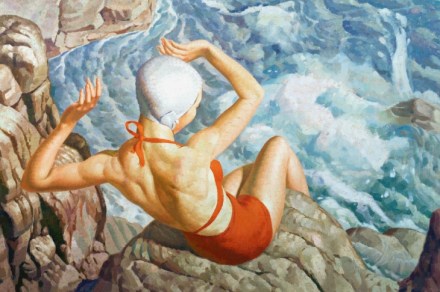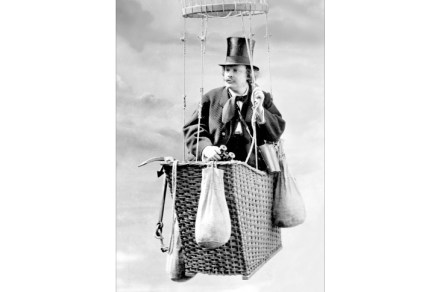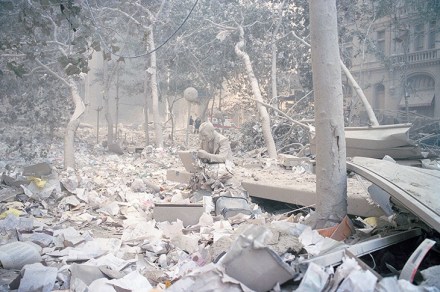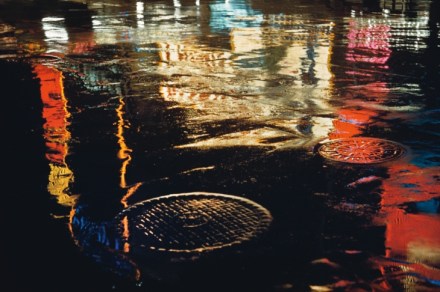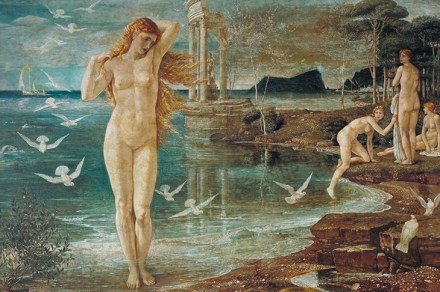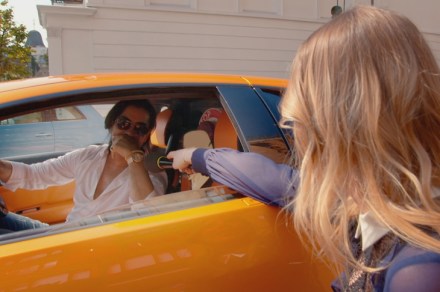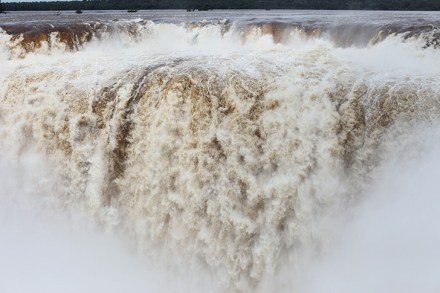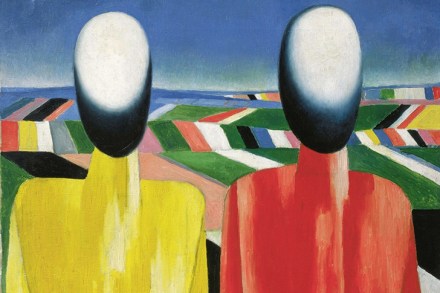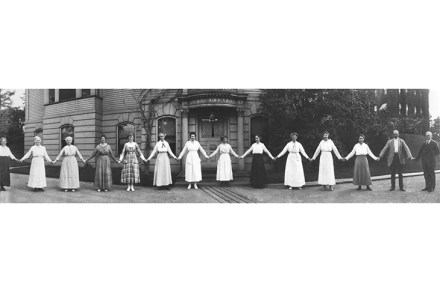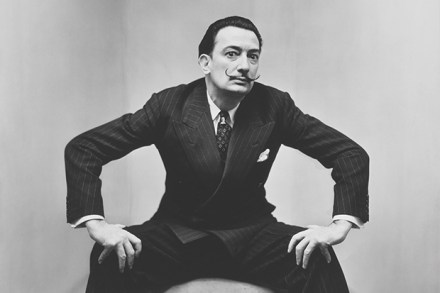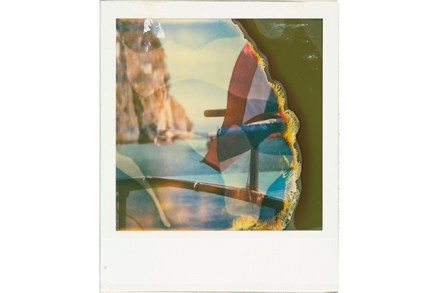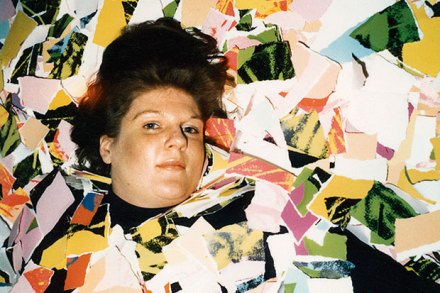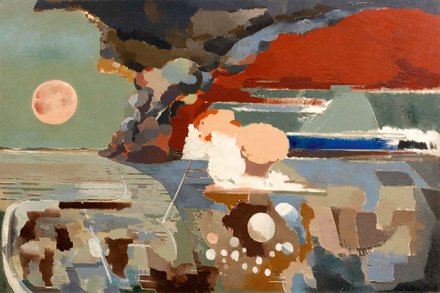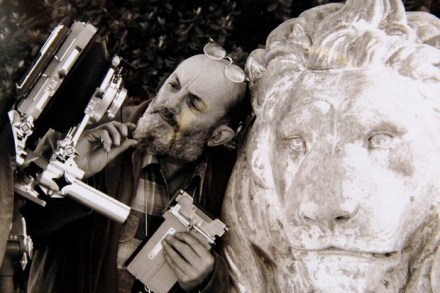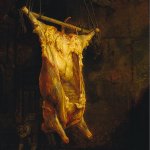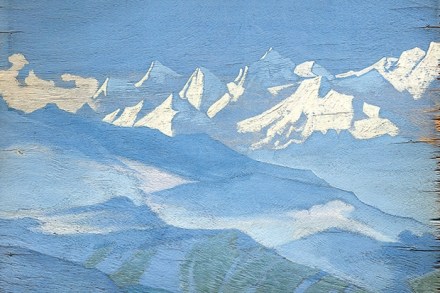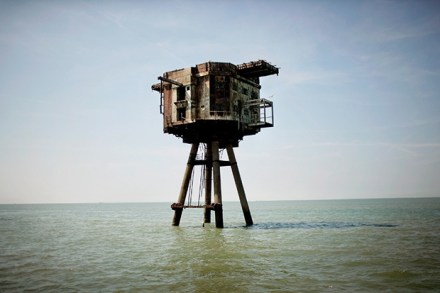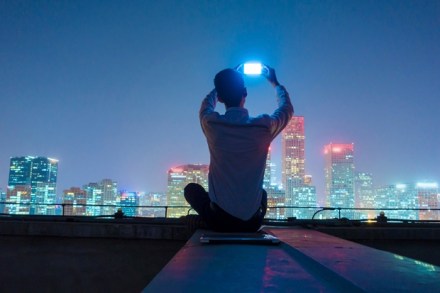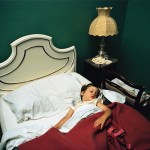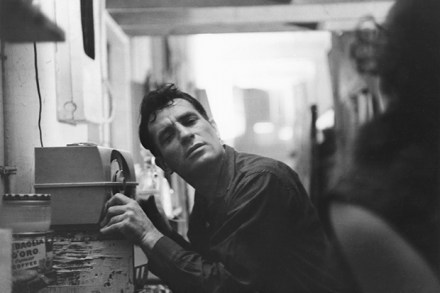Nothing is quite what it seems
One day, somebody will stage an exhibition of artists taught at the Slade by the formidable Henry Tonks, who considered Cézanne a ‘curiously incapable’ menace, and a cracking show it will be. Until then, we must take what we can from exhibitions like True to Life: British Realist Painting in the 1920s & 1930s. Here, many of Tonks’s pupils, and others schooled with similar exactitude, can at last reclaim their rightful positions in British art after decades in the wilderness, pushed into the shadows by the alpha art of abstraction and the ironies of pop. True to Life is a marvellous show. The portraiture is the stand-out stuff, dominated by
